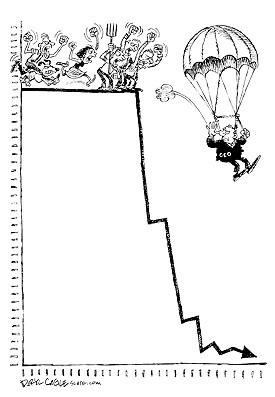WASHINGTON — The U.S. Environmental Protection Agency has opened the door to allowing higher mixes of ethanol in gasoline, a potential boon to farmers and the struggling ethanol industry, but opposed by auto makers whose consumer warranties typically are tied to the current EPA standard.
The agency Thursday said it is seeking comment on whether to allow ordinary gasoline to consist of as much as 15% ethanol, an additive that has been heavily promoted by farm states. For decades, the EPA has allowed gasoline to include up to 10% ethanol.
The EPA’s move came in response to a petition filed last month by the trade group Growth Energy to allow motor fuel ethanol blends of as much as 15%, citing an Energy Department study that found “no operability or driveability issues” with blends as high as 20% ethanol.

Corn is loaded into a truck at a farm in Valley Springs, S.D. Higher percentages of ethanol mixed into gasoline would be a boon to farmers. About one quarter of all corn produced in the U.S. is used to make the fuel additive.
Most car warranties, however, have followed the 10% standard, which means consumers who use blends with greater than 10% ethanol could get stuck paying the bills if there’s damage to fuel lines or other components unless auto makers agree to shoulder the costs.
Auto makers offer so-called flex-fuel vehicles designed to accept up to 85% ethanol fuels. But many current and older model cars aren’t designed for ethanol concentrations above 10%.
Alan Adler, a spokesman for General MotorsCorp., said if the EPA allows higher ethanol blends “we want to be sure that we’re not on the hook for vehicles” that end up having problems with higher blends.
Earlier this year Toyota Motor Sales USA Inc. recalled 214,500 Lexus vehicles sold in the U.S. that were vulnerable to corrosion problems in their fuel-delivery pipes when some ethanol fuels were used.
Pushing against the auto industry’s objections are farmers, investors in ethanol-fuel start-ups, big agricultural commodities companies and some environmental groups that argue the U.S. would be better off substituting home-grown biofuels for foreign oil.
Click
here to read the entire article.












